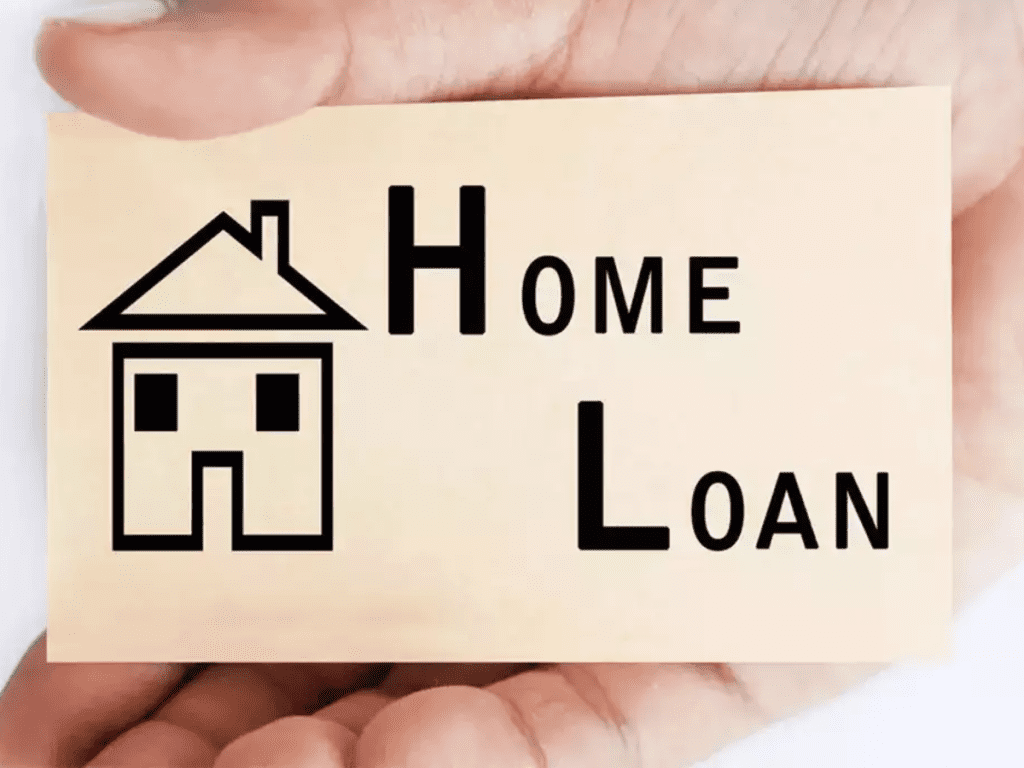Introduction
Purchasing a home is one of the most significant financial commitments you will make in your lifetime. One of the most crucial aspects of a home loan is the interest rate, as it directly affects your monthly payments and the total amount you pay over the life of the loan. Securing the lowest interest rate can save you thousands of dollars and make homeownership more affordable. Understanding how to improve your eligibility for the best mortgage rates is essential. This guide will provide you with practical strategies to secure the lowest interest rate on your home loan.
Understand the Factors That Influence Interest Rates
Before applying for a home loan, it is important to understand the factors that affect interest rates. Lenders determine the rate based on several criteria, including:
- Credit Score: A higher credit score generally results in a lower interest rate.
- Loan Term: Shorter loan terms often have lower interest rates compared to long-term loans.
- Down Payment: A larger down payment can reduce the lender’s risk, leading to a lower rate.
- Debt-to-Income Ratio (DTI): Lower DTI ratios show financial stability and may help secure better rates.
- Market Conditions: Interest rates fluctuate based on economic conditions, inflation, and Federal Reserve policies.
- Loan Type: Conventional loans, government-backed loans (FHA, VA, USDA), and adjustable-rate mortgages (ARMs) all have different interest rates.
Improve Your Credit Score
A high credit score is one of the most critical factors in securing a low-interest home loan. Here are some ways to improve your credit score before applying:
- Pay Bills on Time: Late payments can significantly lower your credit score.
- Reduce Credit Utilization: Keep your credit card balances below 30% of your credit limit.
- Avoid Opening New Credit Lines: New credit inquiries can temporarily lower your score.
- Check Your Credit Report: Review your credit report for errors and dispute inaccuracies.
- Pay Off Outstanding Debts: Reducing your overall debt can boost your credit score and improve your eligibility for a lower rate.
Save for a Larger Down Payment
A larger down payment reduces the lender’s risk, which often results in a lower interest rate. Most lenders prefer a 20% down payment to avoid private mortgage insurance (PMI). If you cannot afford 20%, aim for the highest possible amount within your budget. A larger down payment not only secures a better rate but also lowers your monthly payments and total interest paid over the loan term.
Choose the Right Loan Type and Term
Selecting the right loan type and term can significantly impact your interest rate. Consider the following options:
- Fixed-Rate Mortgage: This loan type locks in a consistent interest rate for the entire loan term, providing stability in payments.
- Adjustable-Rate Mortgage (ARM): ARMs offer a lower initial interest rate that may increase over time. They can be a good choice if you plan to sell or refinance before the rate adjusts.
- Government-Backed Loans: FHA, VA, and USDA loans often have competitive interest rates, especially for first-time buyers or those with lower credit scores.
- Shorter Loan Term: A 15-year mortgage generally has lower interest rates compared to a 30-year mortgage but comes with higher monthly payments.
Shop Around and Compare Lenders
Not all lenders offer the same interest rates, so it is essential to compare multiple mortgage lenders before making a decision. Here’s how you can find the best rate:
- Request Loan Estimates: Get quotes from different banks, credit unions, and online lenders.
- Compare APRs: The annual percentage rate (APR) includes both the interest rate and other loan costs, giving you a clearer picture of the total cost.
- Negotiate with Lenders: Some lenders may match or beat a competitor’s rate if you negotiate.
- Check for Special Programs: Some lenders offer discounts for first-time buyers, veterans, or those in certain professions like healthcare or education.
Lock in Your Interest Rate
Interest rates fluctuate daily based on market conditions. Once you find a favorable rate, consider locking it in to prevent potential increases before closing. Here’s how to approach rate locks:
- Understand the Lock Period: Most lenders offer rate locks for 30 to 60 days.
- Ask About Extension Fees: If your loan does not close before the lock expires, you may need to pay an extension fee.
- Monitor Market Trends: If rates are expected to drop, you may choose to wait before locking in.
Reduce Your Debt-to-Income Ratio
Lenders assess your DTI ratio to determine how much of your income goes toward debt payments. A lower DTI signals financial stability, which can help secure a better interest rate. Here’s how to improve your DTI:
- Pay Down Existing Debts: Reduce credit card balances and pay off loans where possible.
- Increase Your Income: Consider additional income sources to improve your DTI ratio.
- Avoid Taking on New Debt: Do not apply for new credit cards or loans before getting a mortgage.
Consider Paying Discount Points
Discount points allow you to pay an upfront fee to reduce your interest rate. One discount point typically equals 1% of the loan amount and can lower your rate by approximately 0.25%. Consider discount points if:
- You Plan to Stay Long-Term: The longer you stay in your home, the more you save on interest.
- You Have Extra Savings: Paying points upfront requires additional funds at closing.
- You Want to Reduce Monthly Payments: A lower interest rate decreases your monthly mortgage cost.
Improve Your Financial Profile Before Applying
Taking proactive steps to strengthen your financial standing before applying for a mortgage can lead to better loan terms. Follow these strategies:
- Maintain Stable Employment: Lenders prefer borrowers with a steady job history.
- Avoid Large Purchases: Major expenses can increase your debt and lower your borrowing power.
- Keep a Healthy Savings Account: Having reserves reassures lenders that you can cover payments in case of financial hardships.
Refinance Your Mortgage for a Better Rate
If you already have a home loan but want a lower interest rate, refinancing can be a great option. Consider refinancing if:
- Interest Rates Have Dropped: If market rates are significantly lower than your current rate, refinancing can reduce your monthly payments.
- Your Credit Score Has Improved: A better credit score may qualify you for a lower rate.
- You Want a Shorter Loan Term: Refinancing to a 15-year loan can save you money in total interest paid.
- You Need to Switch Loan Types: If you initially took an ARM and prefer a fixed rate, refinancing can provide stability.
Conclusion
Securing the lowest interest rate on your home loan requires careful planning and financial discipline. By improving your credit score, saving for a larger down payment, shopping around for the best lender, and considering loan types and terms, you can reduce your borrowing costs significantly. Additionally, refinancing your mortgage when market conditions are favorable can help lower your interest rate even after purchasing your home. Taking these steps will not only save you money but also make homeownership more affordable and manageable in the long run. Being informed and proactive in your approach will ensure you get the best possible deal on your home loan.

